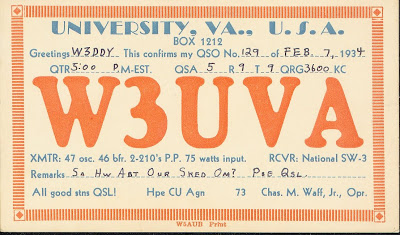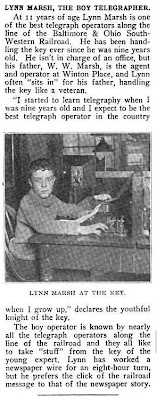I must say, this was one of the strangest repair jobs I've ever had: You may have heard the background: My wife's three year-old Sony Vaios 'puter suddenly came up with really serious graphics problems. A quick Google revealed that lots of computer have this problem (lots of brands... including Apple). We took the computer down to the Sony store and they got all legalistic on us. Yes, it was clearly the video card. Yes, Sony had agreed to fix the video cards. BUT unfortunately Sony had not put our model number on their list of computers that they would fix. So they wanted to charge us $400 to fix the problem. No thanks Sony! Goodbye Sony!
Inspired by the iFixit poster on the wall of my shack, I did some more Googling. Soon I'm reading messages from all around the world recommending that I -- in one way or another -- cook the computer. But why? Is the problem IN the GPU chip? Or is it in the solder connections between the chip and the board.
Gents, you'll be pleased to learn that this is a SOLDERING problem. Looks like NVIDIA used a bad mixture of soldering types. There is apparently little blobs of solder on the baord, and little blobs of solder on the chip. LOTs of little blobs. Surface Mount to the MAX! But they used two different solders and this causes the connections to fail far more quickly than they should have. Here are the details:
http://s0.2mdn.net/2994486/Polycom_inquirer.html?rfp=http://www.theinquirer.net/inquirer/news/1004378/why-nvidia-chips-defective
Enter the oven solution. The idea is to simply re-heat the chip and make the solder at the connections melt again!
YouTub presents lots of different ways of doing this. I like the idea of using a bright lamp to administer the heat. I used a 120 watt Halogen beam lamp. The kind that you see on lights for the backyard. I tested its heating properties on a chunk of 60/40 rosin core solder. At about 1/2 inch it melted the solder in 30 seconds.
I put the beam on the TOP of the chip and gave it about 30 seconds of burn. Then I administered some heat sink compound, vacuumed out the fan, and put the computer back together.
IT WORKED! That computer is now working just as it had before. This was a very satisfying repair, but there was no real troubleshooting, so it wasn't really up there with my favorite fixes. You can check out
www.computerrepairtraining.org if you want to learn more about fixing computers.
I'll put one of those cheap laptop coolers underneath it. I'm guessing that this thing will go for another few years.
Thanks to all who provided advice. Thanks to ifixit for the inspiration. Thumbs down on Sony. BOOOOO! HISSSSSS!
 There is a big and very unusual storm on Saturn right now. You can see it in the image above. It was taken by amateur astronomer Jim Phillips using an eight inch telescope. I've been out before dawn for the last two mornings trying to see the storm with my 6 inch Dobsonian reflector telescope. I get very nice views of Saturn and Titan, but I can't quite make out the storm. Conditions have not been great, and I'm not sure the storm was in view when I was looking.
There is a big and very unusual storm on Saturn right now. You can see it in the image above. It was taken by amateur astronomer Jim Phillips using an eight inch telescope. I've been out before dawn for the last two mornings trying to see the storm with my 6 inch Dobsonian reflector telescope. I get very nice views of Saturn and Titan, but I can't quite make out the storm. Conditions have not been great, and I'm not sure the storm was in view when I was looking.











































